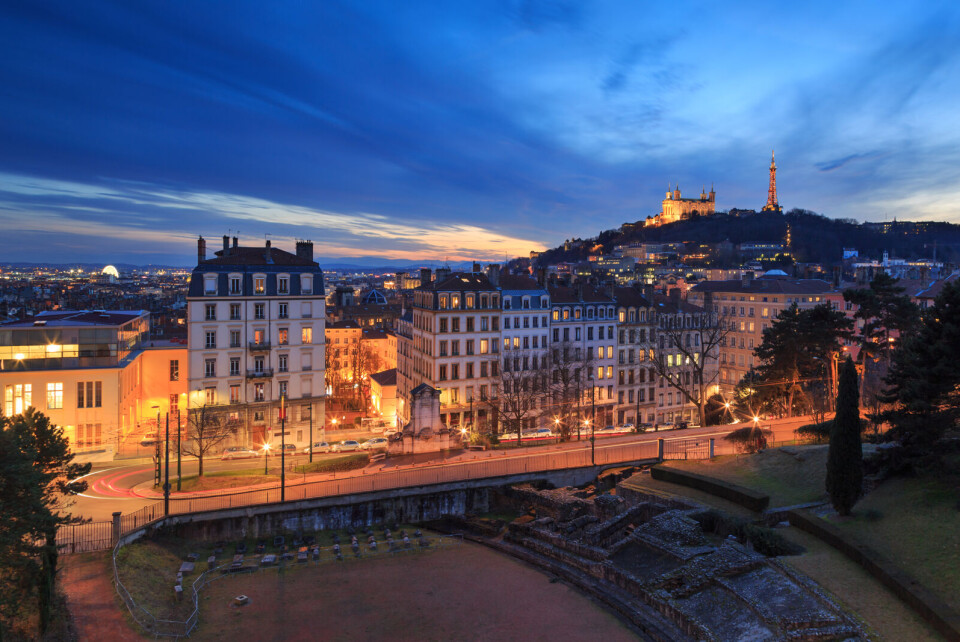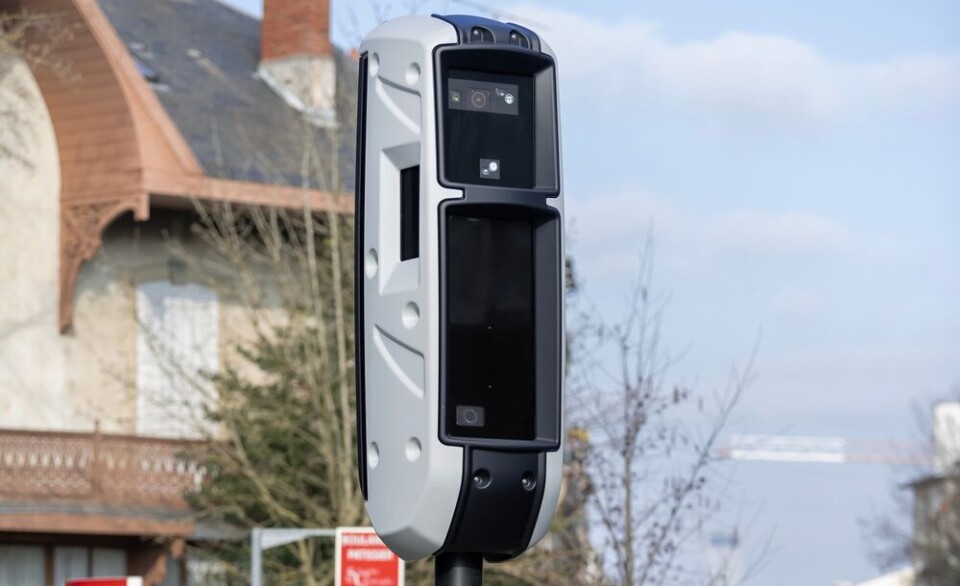-
MPs push to remove low emission zones in France
Critics say the zones penalise lower-income households, but the government has warned abolishing them could cost billions
-
Trump tariffs: Americans in France hit by dollar drop
Europe has said the tariffs will cause the economy to ‘massively suffer’ as France plans retaliation
-
What is being proposed to help people in areas that lack doctors in France
The new law on doctor location is set to improve ‘healthcare equality’, but doctors are critical
Smart street lights trialled in Lyon only illuminate if someone passes
Street lighting that responds to passing cars or pedestrians is being hailed as a way to cut electricity consumption, improve biodiversity and allow residents to sleep well at night

The LED system is in place in Lyon, with 1,000 lights changed in the residential Montchat area. Two systems have been trialled, which come into play from 22:00 to 5:00.
On main roads, the lighting is lower than normal and only increases for the period when a vehicle passes. On smaller roads, lights are set off by the movement of a pedestrian, cyclist or vehicle. The aim is to save 300,000kWh per year.
In April, similar technology was introduced in an industrial zone in the north of Limoges. If movement is detected, lights come on and then go off automatically once it ceases.
The area was chosen because it sees little traffic at night, making constant lighting unnecessary. It has been installed at a cost to Limoges Métropole of €220,000 as part of a three-year experiment.
Results will be studied by Cerema, the public research centre which analyses the effectiveness of local authority environmental policies. Several residential streets in Paris’s 15th arrondissement have had this type of lighting since residents voted in 2018 for the project to be financed by the budget participatif – a scheme in which residents vote on how to use a set amount of the council’s budget.
So far, reports say the system uses 80% less energy.
Lower levels of light also make it better for wildlife and, because the bulbs are a yellow/ orange colour instead of the more usual blue/white, it is less disturbing to residents’ sleep patterns.
State environment agency Ademe says street lighting makes up 37% of the total expenditure of local authorities on electricity.
It says this could be massively improved as more than half of the lighting is obsolete and uses more electricity than is necessary.
Around 40% of street lamps are more than 20 years old.
Related stories
‘Glow-worm’ paint lines trialled as way to see in dark on French roads
What are the cyan blue ‘M’ signs appearing on French roads?
























